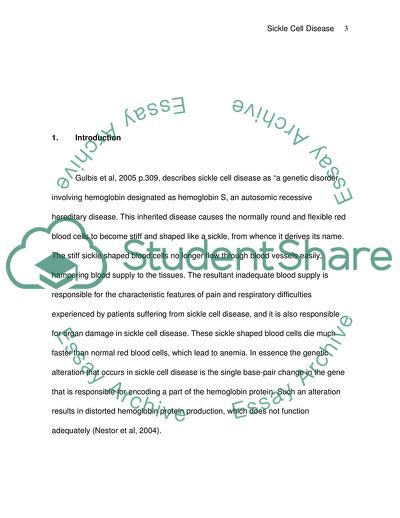Cite this document
(An Effective Cure for Sickle Cell Disease Term Paper, n.d.)
An Effective Cure for Sickle Cell Disease Term Paper. Retrieved from https://studentshare.org/health-sciences-medicine/1718159-sickle-cell-disease
An Effective Cure for Sickle Cell Disease Term Paper. Retrieved from https://studentshare.org/health-sciences-medicine/1718159-sickle-cell-disease
(An Effective Cure for Sickle Cell Disease Term Paper)
An Effective Cure for Sickle Cell Disease Term Paper. https://studentshare.org/health-sciences-medicine/1718159-sickle-cell-disease.
An Effective Cure for Sickle Cell Disease Term Paper. https://studentshare.org/health-sciences-medicine/1718159-sickle-cell-disease.
“An Effective Cure for Sickle Cell Disease Term Paper”. https://studentshare.org/health-sciences-medicine/1718159-sickle-cell-disease.


